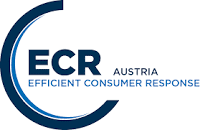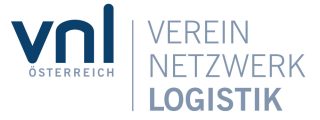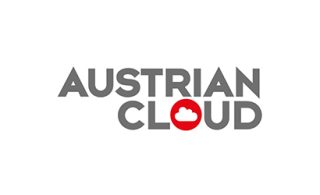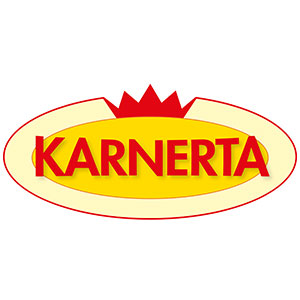Transition to EDI: first steps made easy

EDI checklist: with thorough preparation in great shape
Experience shows that once a company has switched to Electronic Data Interchange (EDI), hardly anybody wants to do without it. But before making the transition, major questions need to be addressed. After all, anything new involves a degree of uncertainty. What can I expect? Am I even all set for EDI? Don’t worry! With thorough preparation, you will be in great shape! After reading this article, you might count down the days to the transition to EDI.
Which employees are affected by this transition to EDI?
There might still be a few office workers who enjoy being surrounded by heaps of paper documents. But that is rather the exception than the rule. And still, before switching from paper-based orders, despatch advices, or invoices to Electronic Data Interchange (EDI), you should talk to all involved employees about your plans and preparatory work. Depending on your company’s size and organizational structure, these might be employees in the following departments:
- Accounting
- IT
- Supply chain management
- Purchasing service
- Sales
What are the reasons for the transition to EDI?
In practice, the following reasons are frequently mentioned:
- The company’s own initiative in order to take digitalization to the next level
- Business partners requesting the use of EDI
- Efficiency-related reasons, e.g., improving relations with business partners, avoiding manual tasks and mistakes, saving money, having a comprehensive digital concept, etc.
If you are acting on your own initiative, you should determine how high your monthly document volume is and how many of your business partners already use EDI. After all, EDI is never a one-way street. If a business partner has asked you to use EDI, you should ask them to provide specifications. Oftentimes, we at EDITEL are familiar with the needs of existing EDI clients. In that case, just get in touch with our experts for more information.
What else will EDITEL sort out beforehand?
In the early stages of the process, my team and I will ask you a few questions and help you address important details. Some matters we typically take care of are the following:
- With which business partners would you like to exchange data?
- What documents (orders, despatch advices, invoices) would you like to exchange and will this change in the near future?
- Do you also need documents such as pro forma invoices, cancellation invoices, or debit advices (reduction of invoice total by the debtor due to defects)?
- Does the company have in-house EDI expertise?
- Would a simple web portal EDI solution be an option for you or do you prefer an integrated solution for your high document volume?
- Which departments are involved on the client side?
- Are there any organizational or technical obstacles to the introduction of EDI?
What are the technical requirements for the use of EDI?
- You will need an ERP system,
- adequate interfaces
- comprehensive master data (address data, client-specific rates, GTIN/EAN number for the unequivocal identification of your articles, GLN for the unequivocal identification of your business partners, etc.),
- a communication link to the eXite data hub and
- an audit-proof archiving system.
Inadequate or incomplete interfaces are usually easy to upgrade. Several different options are available for the communication link. And don’t worry about the tamper-proof archiving system because we can provide customized assistance for that.
What is the organizational and technical schedule?
- Analyze interfaces or business partner’s interface specifications
- Create/program conversion interfaces (from partner A’s format to partner B’s format)
- Arrange for ongoing operations:
- setup of EDI mailbox, user ID, GLN (Global Location Number) and login information for eXite
- Communication link to eXite data hub
- Data validation/data checks
- Monitoring (troubleshooting, plausibility checks, etc.)
- Various test runs with several iterations between you and EDITEL
- Green light for live operations with EDI partners
Transition to EDI: What happens during the test phase?
Perfection is key for EDI. This is why the test phase usually happens concurrently, i.e., you will be exchanging your paper invoices or in PDF format as previously. At the same time, the data will be running via the EDI system. Once everything works perfectly, paper documents will be left out of the equation and EDI invoices will also be legally recognized for tax purposes.
At the end of the day, you and your team will also formally be part of the growing international community of EDI users. More than 20,000 companies around the world exchange documents via EDITEL’s data hub eXite on a daily basis, and the number increases every day.
If we have piqued your interest and you would like to dive into the world of EDI, my team and I are happy to help.
 About the author
About the author
Karl Cegner
Head of Consulting & Project Delivery at EDITEL Austria
About EDITEL

EDITEL, an EDI service provider, is the internationally leading provider of EDI solutions (EDI = Electronic Data Interchange). The company specializes in the optimization of supply chain processes for companies of all sizes and in all industries.
Portrait photo copyright Editel/Petra Spiola
Symbolic image copyright iStockphoto, Michail_Petrov-96

 About the author
About the author









